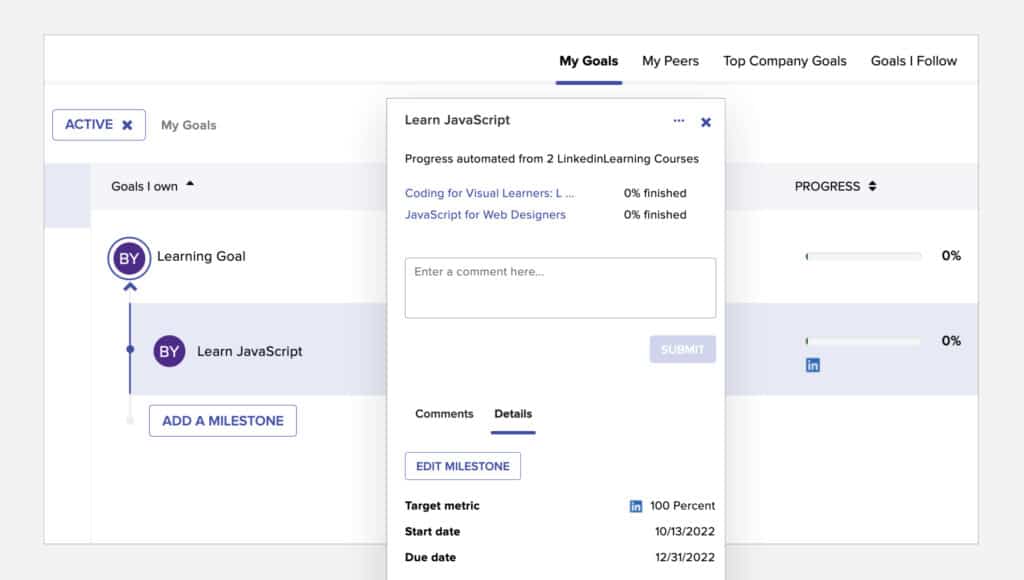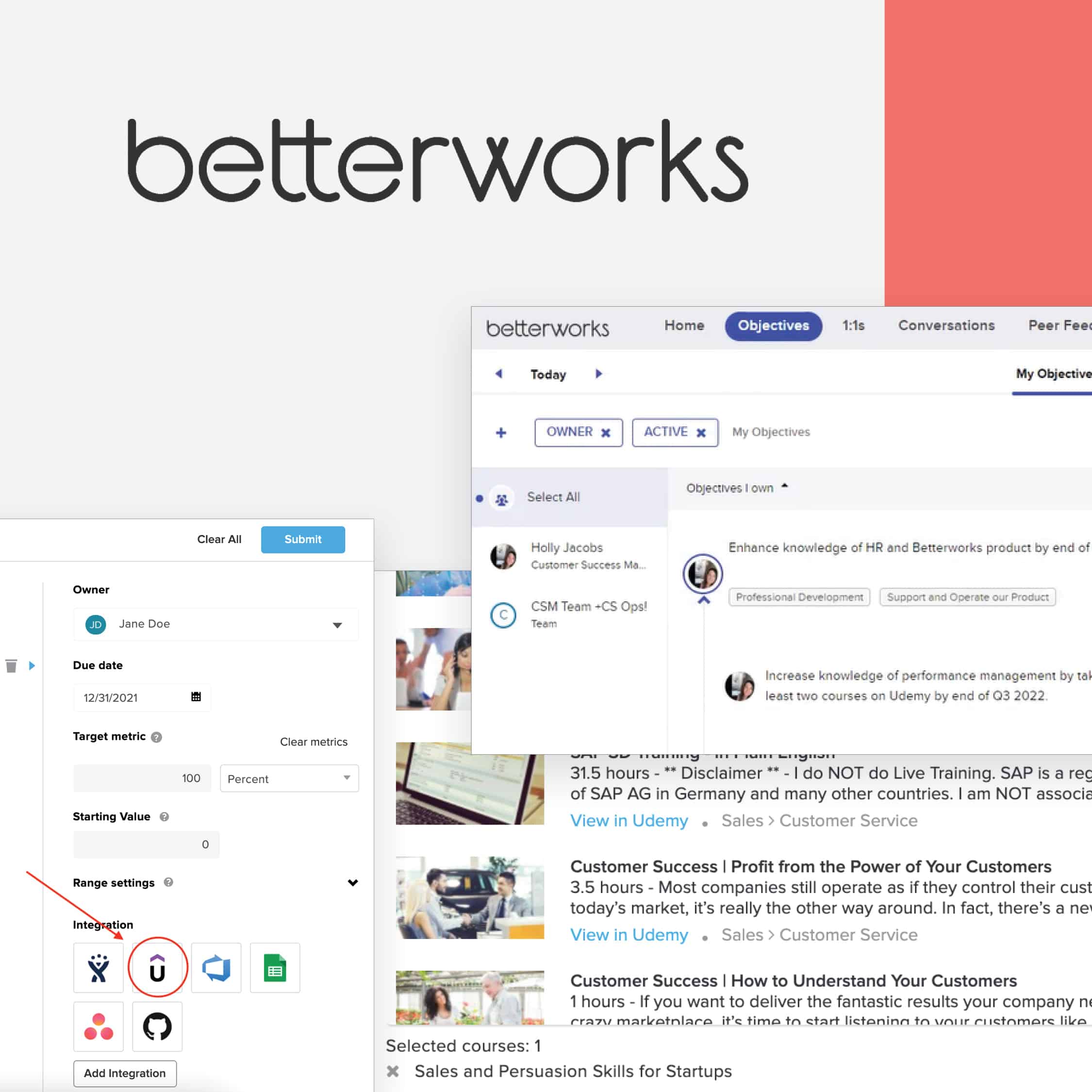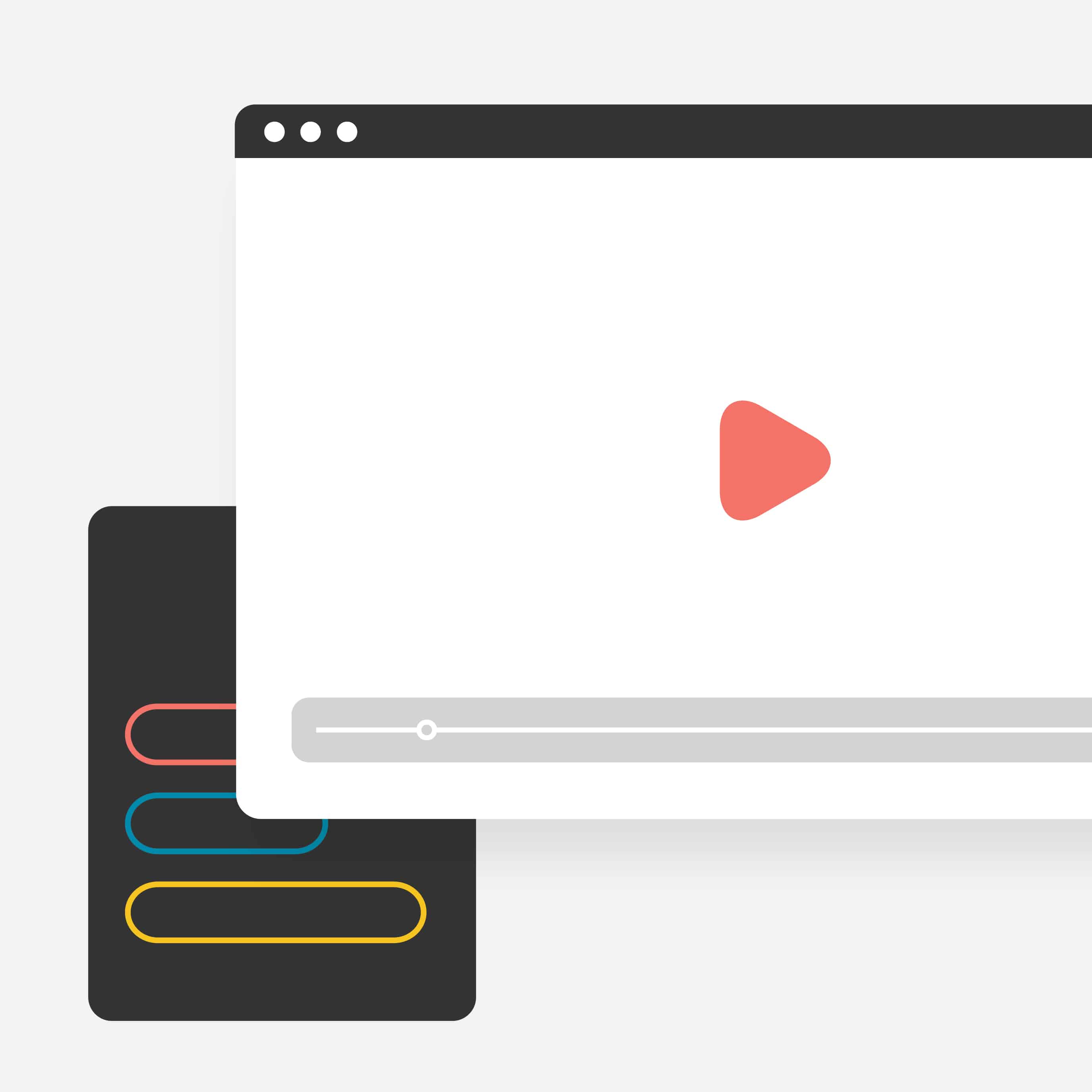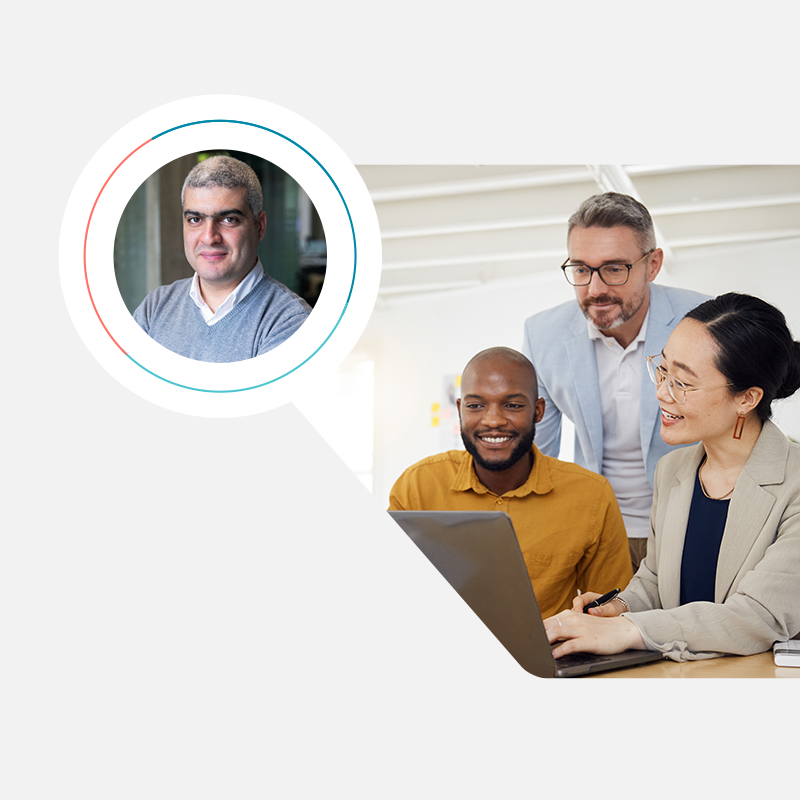Among many challenges that HR Leaders face today, developing and retaining leaders and talent while prioritizing performance results is particularly difficult. Leader and manager effectiveness is the top priority of 60% of HR leaders according to Gartner. Yet, 24% say their leadership development approach does not prepare leaders for the future of work and just 1 in 4 employees had any confidence that their organization provides them compelling career and developmental opportunities.
The hefty investment in LMS software that organizations have made is not helping much. These solutions don’t address critical HR questions: Will e-learning capture retention and understanding? Will managers have quick, easy access to an employee’s learning progress or completion? How do managers ensure the training has an impact on the employees performance or career goals? And how will managers and employees keep development a top priority amidst their day-to-day goals and regular job activities?
“Career-related learning has become the clarion call of organizations wishing to reduce attrition and keep their best people on payroll and performing at their greatest potential.”
Brent Skinner, Co-founder, 3Sixty Insights
Goal-centered learning and performance
This can all be addressed by shifting the focus from a generalized learning approach to a more tangible goal-centric focus on professional development. With this, businesses can feel confident that their teams are mindfully and continuously growing to better achieve the agility organizations seek from their workforce. This approach helps companies — and HR leaders — retain and develop talent, reduce skills gaps, and keep pace with new technology while ensuring that an employee’s day-to-day performance activities and overarching objectives also remain a priority.
The way to implement such a system is to fully integrate learning and development into an employee’s performance management — and it goes far beyond merely integrating the LMS courses so that they show up within your HRIS software. This is where Betterworks comes in. Betterworks’ is the first and only performance software that offers LMS integrations capable of syncing goal progress directly to course progress, bringing context to employee development conversations and encouraging employees to take courses most relevant to their work, as well as complete the courses they start.
“Career-related learning has become the clarion call of organizations wishing to reduce attrition and keep their best people on payroll and performing at their greatest potential,” Brent Skinner, co-founder of research and consulting firm 3Sixty Insights.
How goal-centered learning works
When organizations can link learning and upskilling to tangible objectives and measurable results, they boost the likelihood of employees completing courses.
For example, during a career conversation, a manager identifies a high performer who isn’t quite ready for a promotion or leadership role. Both the manager and employee can see performance results from previous quarters in Betterworks, with goal completion rates at over 95%. The manager and employee agree that adding two leadership training courses to the employee’s quarterly objectives would be a great start for a managerial career path. To stay on track, the employee (or manager) can instantly create the new developmental goal in Betterworks. To sync the course completion to the goal, an employee simply adds a key result or milestone and opens the integration from within Betterworks to select the courses. The integration allows Betterworks users with Learning & Development solutions to launch, search, select, and sync courses from Betterworks, selected from any available courses (based on subscription to the selected L&D platform).

Fast forward to the end of the quarter during the employee’s next development conversation. The manager has more context for coaching and developing because they have visibility into course completion details alongside quarterly goal progress and performance. With more meaningful, enriching conversations connected to performance and development, the future leader is more motivated and prepared for their next role.
Without learning and performance seamlessly integrated, conversations about career growth become less meaningful and progress less tangible. Course completion rates may remain stagnant because progress isn’t regularly tracked or discussed. But with visibility into progress and alignment with goals, Betterworks helps managers and employees prioritize both performance and development. In fact, since the launch of the Betterworks Udemy LMS integration, customers actively using the integration (linking courses to goals) have shown an average course completion rate of over 44% while various studies have shown elearning course completion rates of between 5% and 20%.
To learn more about how Betterworks performance management and integrations can help you generate business results and future-proof your workforce, view our Betterworks integrations page or request your own 1:1 demo.



